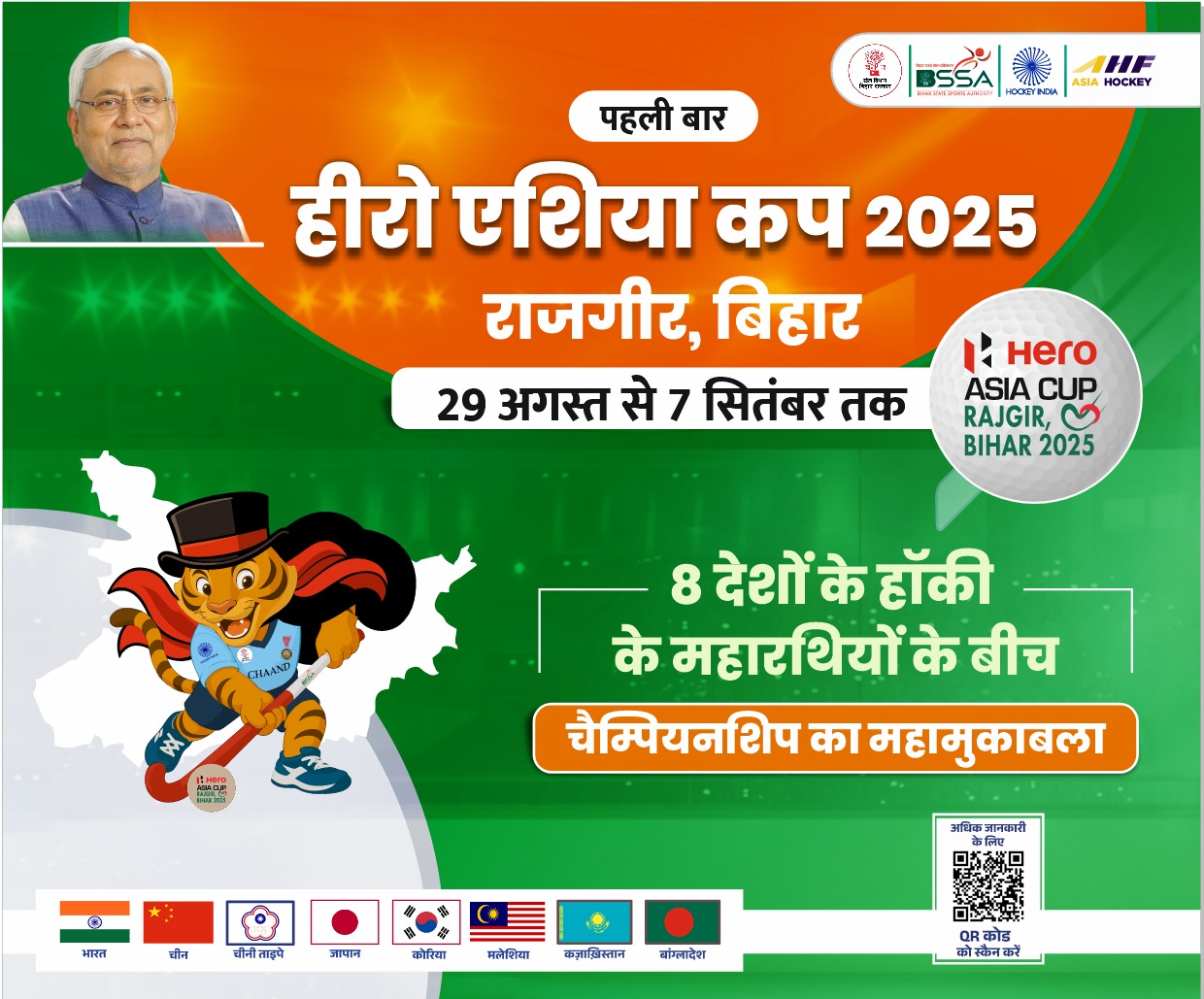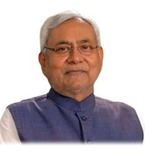
Shri Nitish Kumar
Honble Chief Minister
06122222079

Shri Jibesh Kumar
Honble Minister
0612-2233099
About Us
The Urban Development & Housing Department is the nodal Department for ensuring appropriate and planned growth of cities and towns with adequate infrastructure, amenities and services provided to the citizens of Bihar through the Urban Local Bodies and parastatal agencies. The Department has been instrumental in carrying out various concrete measures for efficient management & delivery of civic services like provision of affordable housing, safe drinking water, sanitation including solid waste management, storm water drainage, sewerage, roads, public transport; and creation of livelihood opportunities by accelerating economic growth of cities/towns and building capacity of the urban poor. The Housing and Urban Development Department is headed by the Minister, The Principal Secretary, UDHD is the administrative head of the Department. Urbanization is a concomitant of a combination of factors such as broad-based industrialization, growing real per capita income, division of labour, specialization, economies of scale, technological advancement, up gradation of skills, well-knit market network, emerging service sector, etc. Thus, urbanization is the outcome of ‘economic’ and ‘demographic’ growth process. An increasing urban population along with migration for want of employment opportunities from rural to urban areas exerts tremendous pressure on various basic amenities. Consequently, drinking water, sewage, sanitation, housing and urban transport prove to be woefully inadequate to meet the growing requirements of the inhabitants. The worst affected ones are the poor in urban areas. As more urban conglomerations grow without adequate infrastructure, the problems would be further aggravated. Therefore, the challenge before the Department is to guide the process of urbanization and to ensure that services viz., sanitation, water supply and basic housing are provided to urban residents along with transportation and other infrastructural facilities. According to 2011 census, rate of urbanisation in Bihar is only 11.3 % compared to the national average of 31.2 %. The State accounts for 8.6 % of India’s total population, but it has only 3.1 % of country’s total urban population. Total Urban population resides in Urban Local Bodies. At present there are total 261 Urban Local Bodies in bihar which comprises of, 44% of the urban population of Bihar resides in the Nagar Nigams (towns with more than 2 lakh population), 32% resides in Nagar Parishads (towns with population between 40,000 and 2,00,000) and 24% resides in Nagar Panchayats (towns with population between 12,000 and 40,000). To improve the living conditions in urban areas, a number of development program are now being implemented by the Department through ULB. The State Government has embarked on an ambitious plan to provide piped drinking water supply to all households by 2019 through AMRUT mission, State Plan and Mukhya Mantri Har Ghar Nal ka Jal Nischay Yojana. waterlogging is one of the major problems in urban areas in Bihar, the State Government and ULBs are collaborating in constructing extensive drainage systems in the urban areas. While large outfall drains and multi-ward drains are being sanctioned by the State Government under AMRUT or the State Plan, the smaller drains are being taken up by the ULBs under the “Mukhya Mantri Shahari Pakki NaliGali Nischay Yojana” (funded through State Funds as well as State Finance Commission funds). Under the “Namani Gange” Scheme of the Central Government, towns located along the river Ganga have been targeted for cleaning and rejuvenation of the river. The construction of toilets was commenced under the “Sauchalaya Nirman Ghar ka Samman Nischay” of the State Government and the Swachh Bharat Mission project of the Central Government . The State Government is giving funds at the rate of Rs 1200 per household per year to all ULBs as Swachhata Anudan for assisting them in the provision of sanitation and solid waste management activities. Housing for All” Mission for urban area will be implemented during 2015-2022 and this Mission will provide central assistance to implementing agencies through States and UTs for providing houses to all eligible families/beneficiaries by 2022. Mission will be implemented as Centrally Sponsored Scheme (Central share-75%, State Share-25%) except for the component of credit linked subsidy which will be implemented as a Central Sector Scheme. The State has also notified its Affordable Housing and Slum Rehabilitation and Redevelopment Policy in 2017 under which minimum 35% EWS units shall be sold to eligible beneficiaries in order to avail the benefits of Housing for all scheme. The State Government intends taking up park development in all ULBs. An Inter State Bus Terminus is being developed in Patna and 38 bus stands have been constructed in various cities. The State Government has signed an Umbrella MoU in February 2018 with Energy Efficiency Services Ltd (EESL), a JV of four PSUs of the Ministry of Power, GoI for replacement of all inefficient street lights with LED lights. The city of Gaya in Bihar has been taken up under the National Heritage City Development and Augmentation Yojana (HRIDAY) scheme, which aims to preserve and revitalize soul of the heritage city to reflect the city’s unique character by encouraging aesthetically appealing, accessible, informative & secured environment by developing core heritage infrastructure projects. Under the Employment through Skill Training and Placement (EST&P), skill training is being provided to BPL youth with focus on placements. The State has notified the Street Vending Rules and in several cities vending zones are under construction. .key-contact ul.pagination { width: 74%!important; float: right; }
Vision
To achieve a coherent, homogeneous, comprehensive, faster and sustainable growth in Bihar by ensuring planned and all-inclusive development of cities/towns into livable, economically vibrant and productive, sustainable and efficient entities with provision of adequate and durable public infrastructure and amenities including affordable housing and livelihood opportunities for all sections of society and bringing out efficiency in the service delivery mechanisms, community participation and accountability of Urban Local Bodies and parastatal agencies towards citizens, in convergent manner.
Key Contacts
-
Shri Jibesh Kumar Honourable Minister
Phone 0612-2233099Email minister.udhd@gmail.comFax 2233099 -
Sri Abhay Kumar Singh, I.A.S. Secretary
Phone 0612-2215550Email urbansec-bih@nic.inFax 2217059 -
Sri Animesh Kumar Parashar, I.A.S. Special Secretary
-
Sri Rajeev Kumar Srivastava, I.A.S. Additional Secretary
Phone 0612-2215113 -
Sri Vijay Prakash Meena, I.A.S Additional Secretary
Phone 0612-2233047 -
Smt Abhilasha Sharma, I.A.S Joint Secretary
Phone 0612-2215116 -
Sri Animesh Kumar Parashar, I.A.S. Municipal Commissioner, Patna Municipal Corporation
-
Sri Animesh Kumar Parashar, I.A.S. Managing Director BUIDCo
Phone 0612-2558412Email mdbuidco@gmail.com -
Sri Rajeev Kumar Srivastava, I.A.S. Managing Director, Bihar State Housing Board
Phone 0612-2217992Email md.bshb@gmail.com -
Sri Rajeev Shankar, B.A.S Joint Secretary
-
Sri Sanjay Kumar, B.A.S Joint Secretary
-
Sri Manoj Kumar, B.A.S Joint Secretary
Latest News
Highlights
Schemes
Important Links
Facts Speak
- Total Visitors0
Logged In User0
- Active Users0
- Registered Users0
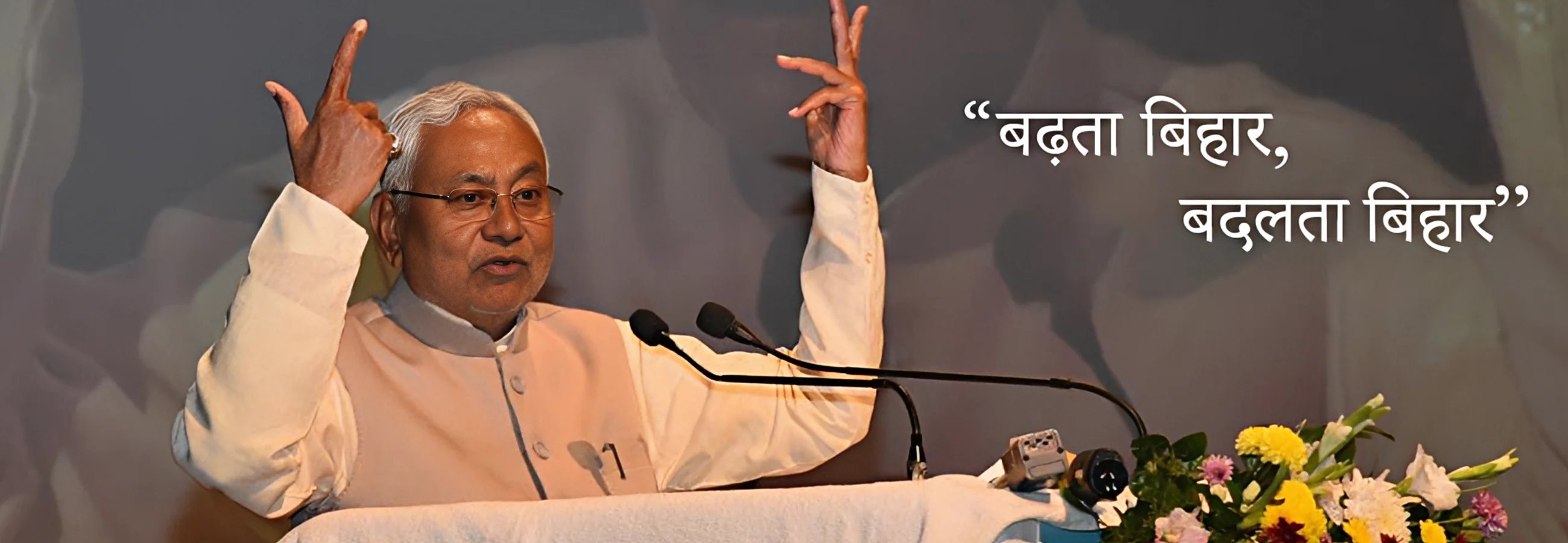




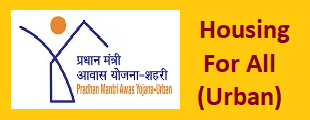
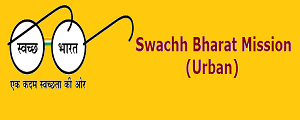
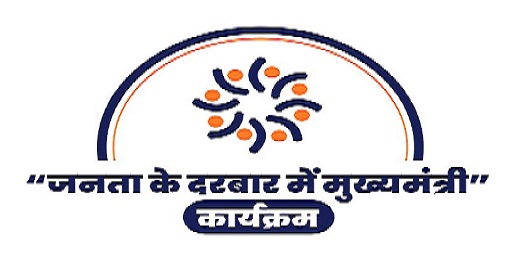

.gif)
